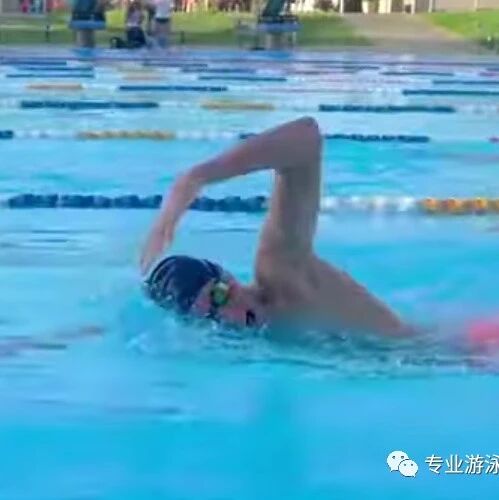The freestyle stroke is the technique—what truly matters is the core internal skill of generating power efficiently and effectively.
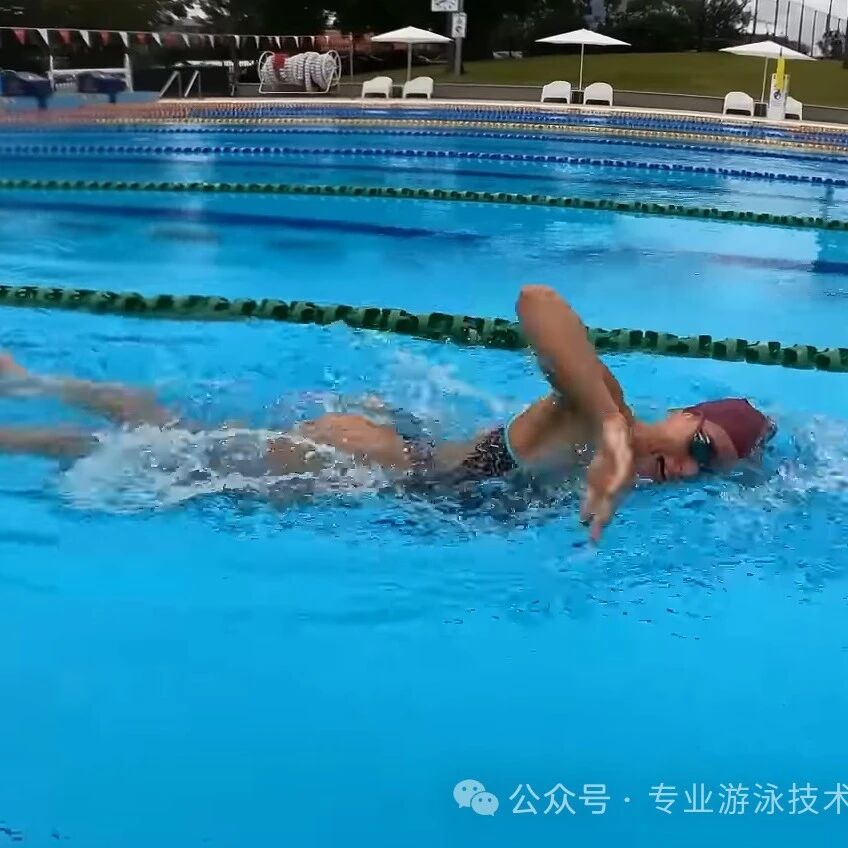
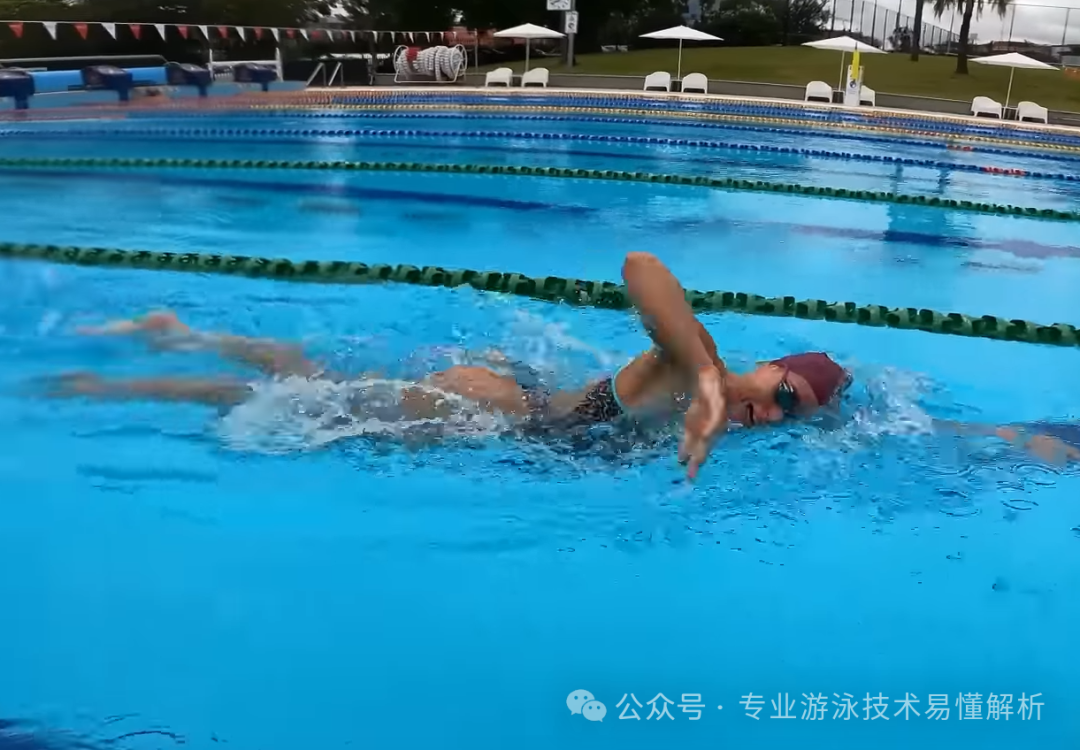
To swim freestyle efficiently and effortlessly, build on mastering front-to-back balance, left-right symmetry, and an overall streamlined body position. Seamlessly integrate all movements—such as the arm pull, leg kick, arm recovery, and body rotation—into a natural, fluid sequence, always aiming to maintain balance, symmetry, and optimal streamlining. By continuously refining your technique, you can steadily enhance your freestyle swimming skills.
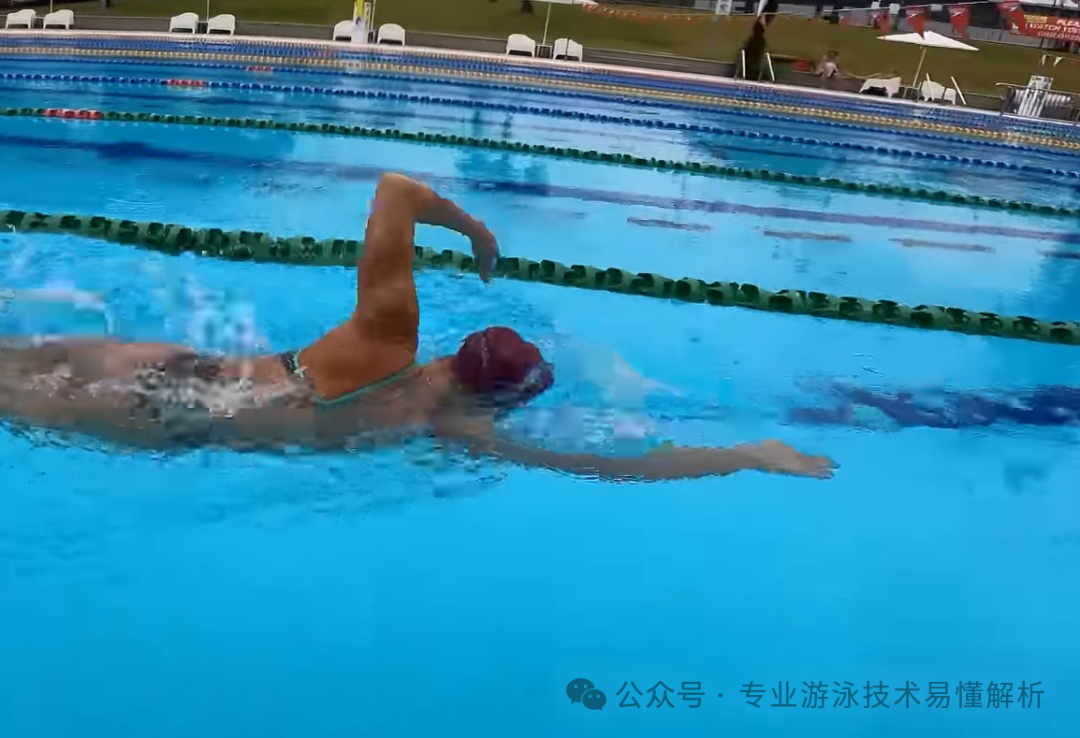
1. The sensation of embracing and pushing the water
First and foremost, "pulling water" and "pushing water" are the key components of the swimming stroke. In terms of sequence, it’s true that you initiate with the "pull," followed by the "push." However, when executing these movements in practice, the "pull" and "push" should flow seamlessly into one another—there shouldn’t be a clear distinction between the two stages. This mistake is common among both beginners and intermediate swimmers, yet it often goes unnoticed. Yet, correcting this error can lead to an immediate and noticeable improvement in your swimming efficiency and speed.
The movements of pulling and pushing the water are similar to the kicking and clasping action of a frog's legs—they should be executed as a seamless, unified motion. From the moment you begin pulling the water until you push it away, your palms should fully rotate toward the back of your body—just like how a frog flips its feet upward. As you push the water backward, note that some of the water will inevitably slip out. Therefore, when performing the push, aim straight back; you can lean slightly inward, but never push outward from your body.
Effective water catch is the foundation for the push phase—before initiating the catch, your arms should be fully extended, with your palms parallel to the water’s surface. Unfortunately, many swimmers, when transitioning from the extension into the catch, simply sweep their hands downward right away. This not only puts unnecessary strain on the shoulders but also leads to two negative consequences: first, holding the palm facing down makes it harder to scoop up more water; second, if the catch is executed too quickly, the shoulder joint experiences even greater pressure, increasing the risk of injury.
Recall the details: When the forward-reaching arm is extended, the palm remains parallel to the water surface with the palm facing downward. However, as the other arm completes its pull-through motion and continues to extend forward, it naturally rotates outward, tilting the palm into an angled position—now pointing diagonally downward—thus perfectly positioning it to effectively scoop the water.
When performing the catch, rotate your arm inward, allowing your forearm to naturally follow the rotation of your upper arm into a high-elbow position. As your forearm turns inward, your palm will naturally cup the water—its center moving diagonally downward before smoothly rotating inward toward your body. This motion not only prevents the palm from encountering direct frontal water resistance as it transitions from facing downward to backward but also significantly enhances the efficiency of the catch.
During the catch, focus on cultivating the sensation of "drawing back an arrow on a bow"—relax completely and avoid any unnecessary tension or acceleration. Pay close attention to how your palm sweeps diagonally downward before drawing the water inward, mimicking the motion of a broom effortlessly gathering as much debris as possible into a dustpan.
While pushing the water, feel the sensation of "drawing the bow." Experiencing this feeling highlights two key elements for effective propulsion: first, the involvement of the latissimus dorsi muscle in the push; and second, maintaining a high-elbow position throughout the stroke. As for the traditional teaching approach that emphasizes extending the arm forward after entry into the water, the truth is, if you imagine your forward-reaching arm as holding the body of the bow, while the other arm pulling the water resembles drawing the bowstring, then the actions of reaching forward and pushing backward can naturally work together seamlessly.
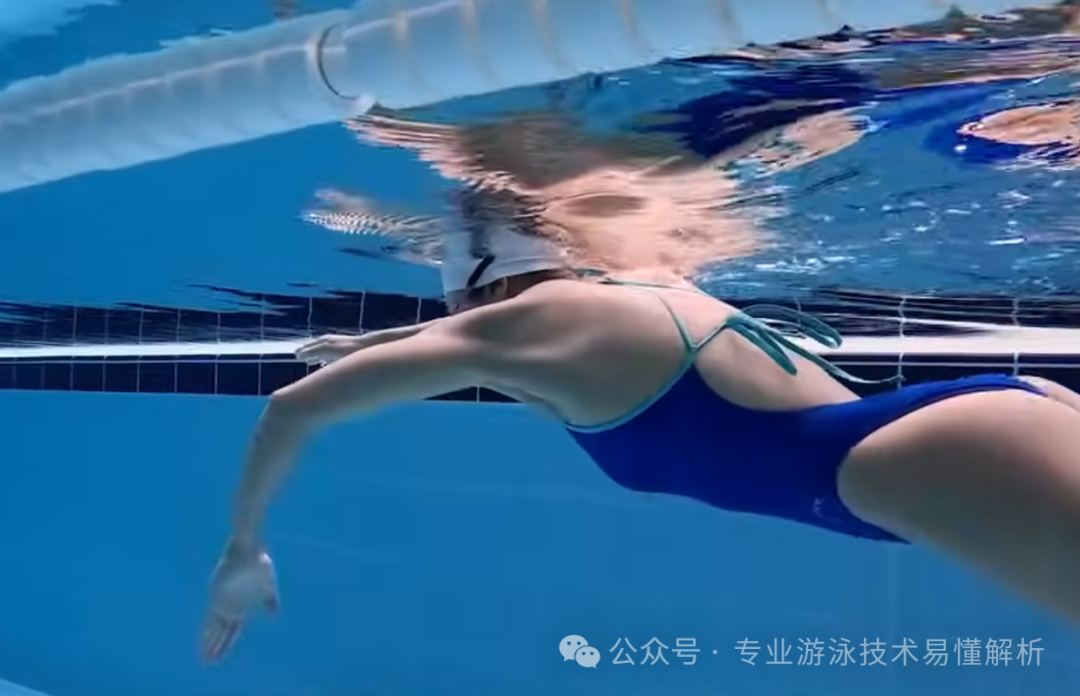
2. Leg kick propulsion progresses from trembling, to whipping, and finally to pushing.
When first learning freestyle, the biggest fear is often having your lower body sink. The solution? Simply flutter your feet—once your body is relaxed enough, this gentle foot movement can effortlessly help lift your lower body, keeping it balanced with your upper body. As you progress to a certain stage, you can advance from fluttering your feet to kicking your calves, then gradually moving on to fully swinging your legs—and eventually transitioning into the powerful, pushing motion generated by driving your hips and legs through the water.
Finding the "push-off" sensation is essentially experiencing the core-engaged power behind your kicking motion. Imagine performing a pull-up: your legs are suspended in mid-air, off the ground, yet this doesn’t prevent your leg drive from providing a powerful assist to completing the movement. The same principle applies to freestyle swimming—relying solely on arm strokes can quickly lead to fatigue. Adding the engagement of your latissimus dorsi muscles makes it easier, but true mastery of efficient, full-body propulsion comes when you integrate your kick, using body rotation and core strength to transfer that power seamlessly to your lats and arms.
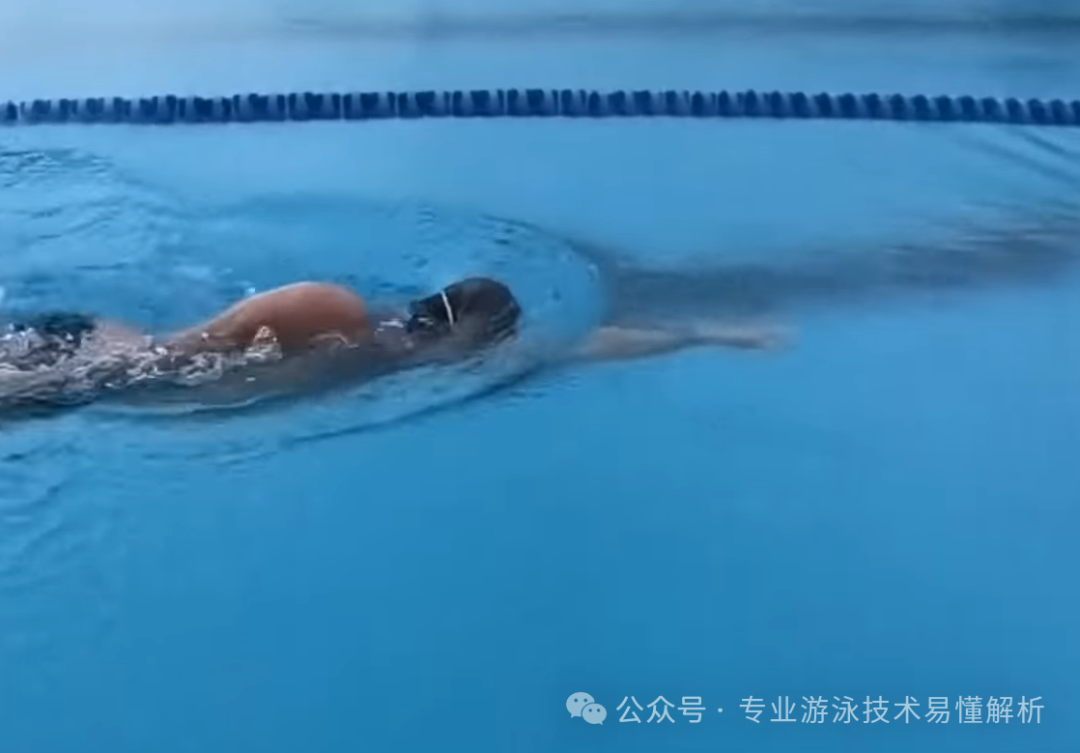
One WeChat official account shares swimming tips, while another focuses on software insights, online resources, and reading experiences.
Thank you for your supportive and encouraging likes, as well as the comments that spark meaningful conversations—and even more, we’d love to see those shares and retweets!
Related Articles

Master the basics of butterfly swimming in seconds—underwater practice yields faster results than on-the-surface training.
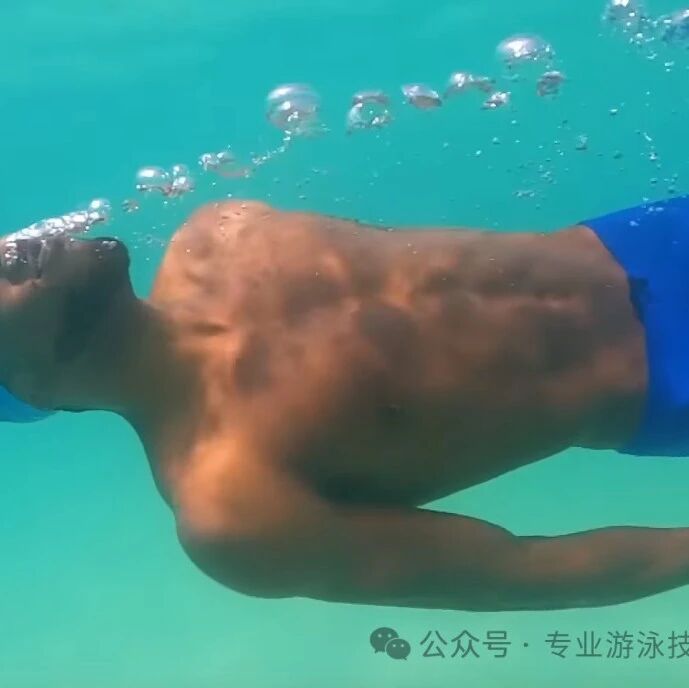
The essence of swimming is water buoying the body, water propelling water, and water cradling the swimmer.
